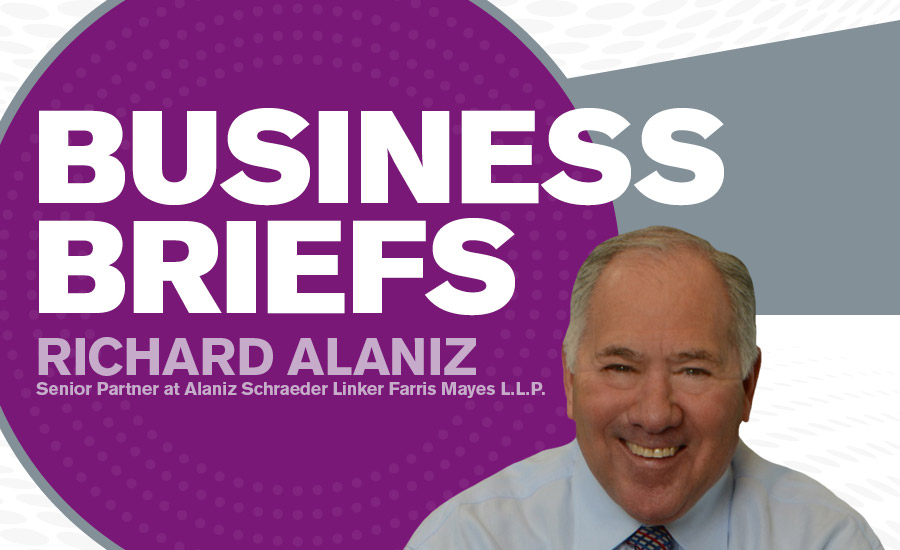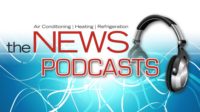One of the more significant election promises made by then-candidate Trump was his promise to reduce the regulatory burden on American businesses. With his “two regulations withdrawn for every one proposed” approach, he has been largely successful in making his promise a reality. In part, as a result, the economy has boomed in relative terms. Gone seem to be the days or one-to-one half- percent growth. We were almost at 3 percent in the latest quarter. Unemployment is at the lowest level it has been in decades. “Help wanted” signs are on the doors of virtually every business and across all electronic job posting boards. Much of this is the result of the major de-regulation that has occurred.
Government Agencies Push Back
While the reduction of regulations in general has cut across almost all executive branch agencies, those related to labor and employment matters, at least at the regional level, appear to be pushing in the other direction. It could be argued that they are choosing to re-interpret the laws they enforce as a way of responding to de-regulation. The Occupational Safety and Health Administration (OSHA) within the Department of Labor (DOL) and the National Labor Relations Board (NLRB), the two primary agencies that deal with the workplace, both appear to be expanding their reach through novel enforcement strategies never seen before. Whether this is nothing more than the natural evolution, of the administrative state, or an effort to create issues in areas where substantial employer compliance has been the norm to justify their budget is unclear. In either case, they have identified work-related issues to which they are applying their respective laws in a manner that certainly seems to expand their jurisdiction.
OSHA Reexamines Safety Rules
OSHA, from its inception in 1970, has relied substantially upon what is commonly referred to as the “general duty” clause to assure that America’s workplaces are safe. That provision in the law requires employers to provide a workplace as free as possible of known hazards that could cause death or serious physical harm to its employees. It is much broader than the hazard-specific standards that OSHA also issues and enforces. It also requires employees to comply with occupational and health standards issued pursuant to the law. It was under that provision that OSHA recently began an investigation in one workplace into an issue that rarely, if ever, has been considered their jurisdiction. Apparently as the result of an employee complaint, one of the agency’s field offices began a top to bottom investigation of an employer’s handling of the employers post-injury return-to-work procedures covering the last several years. At the heart of the investigation is whether the employer pressured injured employees to return to work before they had fully recovered thus subjecting them to hazardous conditions. In addition to the 300 logs, Report of Injury forms, and all related documents, the all-encompassing record subpoena included every medical and related record for every employee that had suffered a reportable injury. It is unclear what they hope to establish by review of every single medical record. Few employees return to work contrary to their doctor’s medical opinion and employers rarely have direct contact with a treating physician.
Aside from the time-consuming and costly task of copying and providing volumes of medical records, there could also be the possibility of an OSHA citation for a serious violation, along with the resulting fines. It will be interesting to see how the case develops, and more importantly if return-to-work procedures become a routine part of future OSHA inspections.
The NLRB Investigates Sexual Harassment Claims
The issue on which the NLRB seems to be expanding their jurisdiction is one that up to now, has always been the exclusive realm of the Equal Employment Opportunity Commission (EEOC), sexual harassment.
So, how has the National Labor Relations Act (NLRA) now come to cover issues related to sexual harassment? The issue that has seen the most growth in terms of NLRB enforcement activity in recent years is that of “concerted protected activity” under Section 7 of the NLRA. This is the corollary to the well-recognized “union activity” that has always been the core focus of the NLRA. It generally refers to employee activity, most commonly speech, that is engaged in by employees, or an employee, on behalf of themselves and other employees. A typical example would be employees demanding a pay increase or a change in benefits. In the context of a sexual harassment claim, it is not the alleged harassment as such that is the basis for the claimed unfair labor practice, but rather interference or retaliation for the concerted activity of complaining about harassment that affects more than one employee. It could also include complaining of a sexually hostile working environment, since by definition, it affects all employees. Seen from that perspective, it might just be the NLRB expanding the concept of concerted activity to issues never before considered.
In a worst-case scenario, employees who felt that they were the victims of unresolved sexual harassment after complaining, could quit work and allege that they were the victims of a “constructive discharge”. If they could tie their quitting to their concerted activity of complaining with no sufficient employer response, they would have a viable unfair labor practice charge. Obviously, if the employer terminated or took other retaliatory action against a complaining, employee the same result would hold.
Conclusion
Both situations addressed above admittedly involve unique facts. Nonetheless, they are good examples of how two of the more significant federal agencies that deal with the workforce and have been hit with de-regulation appear to be going beyond their recognized jurisdiction. At the very least, they are enforcing the law in new ways. It would be interesting to see if such expansions of jurisdiction are occurring in other executive agencies that have been subjected to de-regulation. Could it be a conscious reaction to the current administration’s roll back of the regulatory or administrative state?
Want more HVAC industry news and information? Join The NEWS on Facebook, Twitter, and LinkedIn today!











